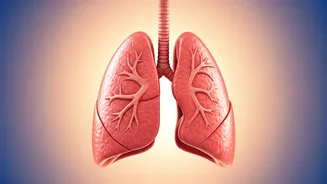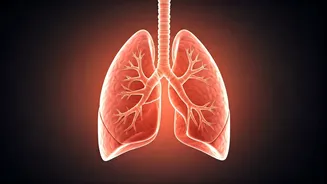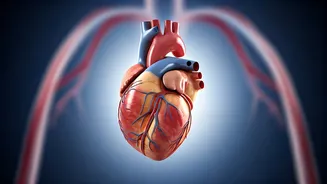Diaphragmatic Breathing: Basics
Diaphragmatic breathing, often called belly breathing, is a powerful technique that helps you breathe more efficiently. It involves engaging the diaphragm,
a large muscle at the base of your lungs. This method encourages deeper breaths, allowing your lungs to fill more completely. To practice, sit or lie comfortably, place one hand on your chest and the other on your belly. Breathe in slowly through your nose, focusing on letting your belly rise while keeping your chest relatively still. As you exhale slowly through your mouth, feel your belly fall. Repeat this process, concentrating on the gentle rise and fall of your abdomen. This technique helps to calm the nervous system, reduce stress, and improve oxygen exchange. Regular practice can lead to significant health benefits, making it an essential tool for overall well-being. By focusing on your breath, you can cultivate a sense of inner peace and promote physical health.
Breathing Exercises for Asthma
Breathing exercises are a valuable tool for managing asthma symptoms. Specific techniques can improve lung function and help control asthma attacks. One such method is pursed-lip breathing, which involves breathing in through your nose and exhaling slowly through pursed lips, as if you're whistling. This helps to slow down your breathing rate and keep your airways open longer, making it easier to breathe. Another helpful exercise is diaphragmatic breathing, as discussed earlier. Deep, controlled breaths help to relax the diaphragm and improve overall breathing efficiency, which is beneficial for asthma sufferers. These exercises, when practiced consistently, can reduce breathlessness and improve quality of life. Regular practice and consultation with a healthcare professional are recommended for the best results. Furthermore, incorporating these techniques can decrease the reliance on medication and enhance lung capacity over time, leading to better symptom control.
Pursed-Lip Breathing Technique
Pursed-lip breathing is a straightforward technique that is highly effective for improving breath control, especially for individuals with asthma and other respiratory conditions. The primary goal is to slow down your breathing, which helps to keep your airways open longer and allows for better oxygen intake. To practice this, begin by relaxing your neck and shoulder muscles. Inhale slowly and deeply through your nose. Then, purse your lips as if you were going to whistle. Exhale slowly and gently through your pursed lips, taking twice as long to exhale as you did to inhale. Repeat this several times. This technique creates back pressure in your airways, preventing them from collapsing and trapping air. Practicing pursed-lip breathing can reduce shortness of breath, improve oxygen levels, and decrease the work of breathing. Consistent practice offers substantial improvements in managing symptoms and enhancing overall respiratory health. It is an easily learned exercise that can be done anywhere, anytime, providing immediate relief during times of difficulty breathing.
Other Breathing Methods
Beyond diaphragmatic and pursed-lip breathing, other breathing techniques offer various health benefits. The Papworth method focuses on controlled breathing patterns, aiming to normalize breathing and reduce breathlessness. The Buteyko method emphasizes breathing through the nose and reducing over-breathing to improve blood oxygen levels and alleviate respiratory issues. These methods involve different approaches, but share the common goal of improving breathing efficiency and promoting well-being. Nasal breathing, a fundamental aspect of many techniques, is naturally beneficial. It filters, warms, and humidifies the air before it enters your lungs, reducing irritation and promoting efficient gas exchange. Exploring these different methods can help you find a personalized approach to improve your respiratory health and overall quality of life. Always consult with a healthcare professional to identify the best method for your specific needs and medical condition.
Benefits of Breathing Exercises
The advantages of incorporating breathing exercises into your routine are extensive. They promote relaxation, reduce stress, and improve lung function. Regularly practicing these exercises can lead to a significant decrease in anxiety levels, and can enhance mental clarity and focus. For individuals with asthma and other respiratory conditions, breathing exercises can minimize symptoms like breathlessness, and potentially reduce the reliance on medication. Moreover, these techniques can enhance overall cardiovascular health by improving oxygen levels and reducing the workload on the heart. Breathing exercises can also promote better sleep quality. Overall, consistent practice enhances energy levels, promotes a sense of calmness, and improves overall physical and mental well-being. Integrating breathing exercises into your daily routine is a simple yet powerful way to improve your overall health and quality of life.













